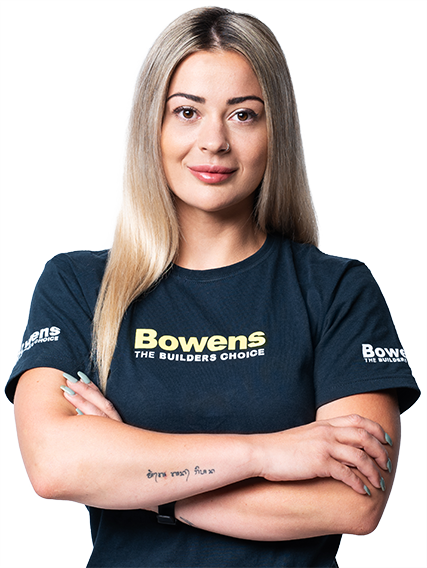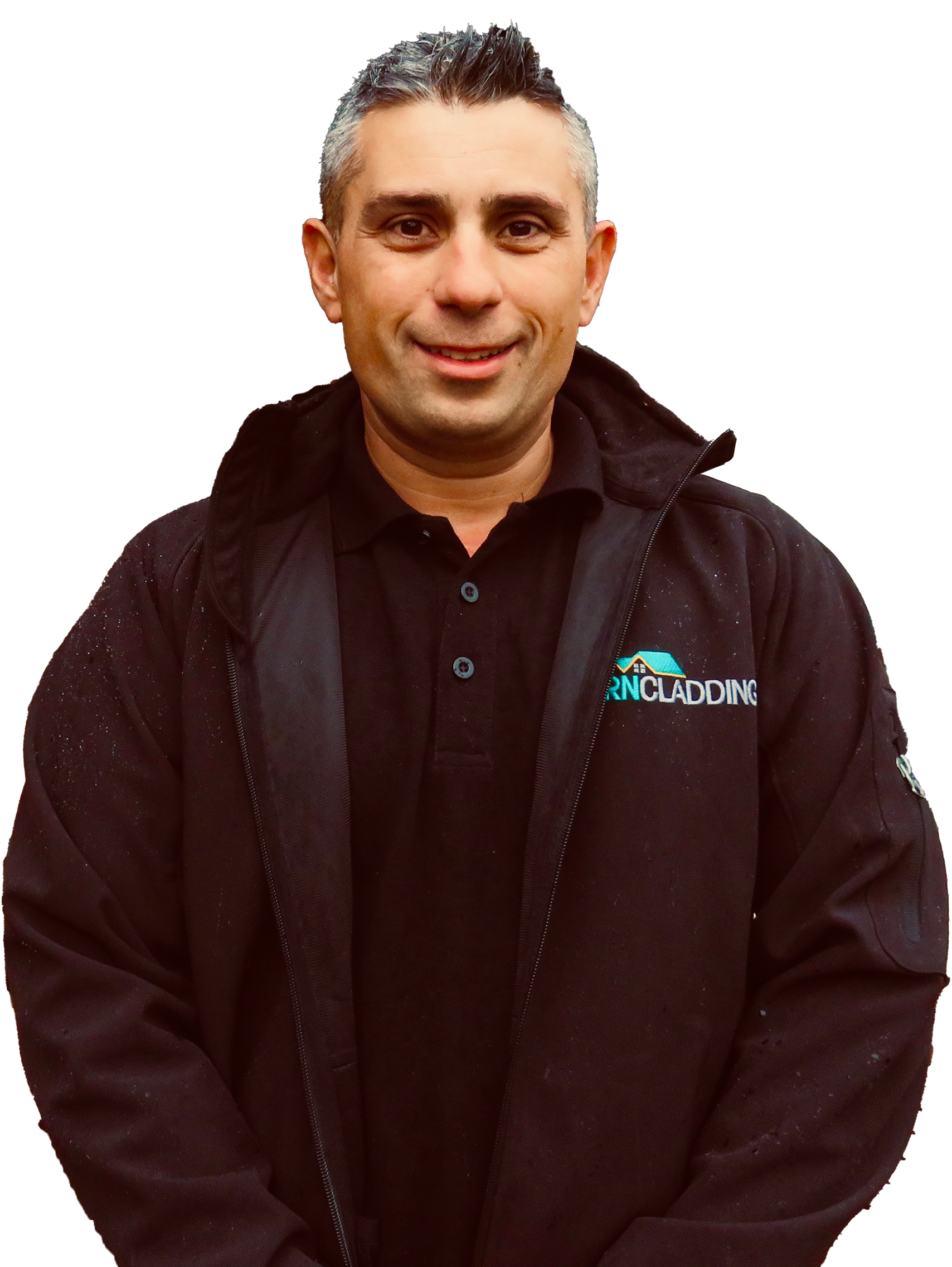Frank Di Stefano and I have written in this publication many times about using timber coatings. However, on this occasion, I thought it would be opportune to go into some detail about the reasons why they are important, as they can provide long-lasting benefits to your timber, especially in decking and cladding applications.
Firstly, let’s go into some basic wood technology. Wood is hygroscopic, which means it will absorb or lose moisture depending on the climatic conditions it is experiencing. During this process, the timber can change in moisture content leading to dimensional changes. For example, a decking product will grow in the winter months and conversely shrink in the summer months. That is why decking gap spacing is critical, if installed too close, the boards could come together in winter or if spaced too far apart, it could leave an unsightly gap in summer. In the case of cladding, installers should allow a gap between boards for expansion, but not too much for shrinkage in summer.
This is where a good timber oil coating is important because when properly applied, it can minimise moisture gain or loss. This in turn will limit the dimensional changes the timber will experience.
Furthermore, when timber is coated, it will retain its natural colouring for longer and it contributes to its durability by fending off UV rays. To explain how: the coating clogs up the cells within the timber, therefore, slowing down the change in moisture content.
“(…) When timber is coated, it will retain its natural colouring for longer and it contributes to its durability by fending off UV rays.”
In some products, timber coating is more important than others. Most of our Australian species have reasonably high tendencies to move with a change in moisture content. However, a decking product like Merbau has low inherent movement features, which is why Merbau is my preferred decking product (particularly if the sub-deck ventilation is limited).
In both cases, a good coating properly applied can help stabilise timber, as well as minimise tannin bleeding. Particularly when the coating is applied to the end grain, where most of the bleeding occurs.
The Application
Before installation, we suggest coating timber decking and claddings on all sides. Bowens can offer a factory coating which will save a heap of time on-site making it cost-effective. Sealing the end grain is most important, remembering this is where most moisture is gained and lost. Then after installation when the product has dried or the coating has completely diffused into the wood, applying another top coating to your timber will help the longevity of the product.
Maintenance
Most external timber products need regular maintenance to help stabilise the timber, re-coating periods will be dependent on the product’s weather orientation and exposure. Our suggestion is to make a habit of periodic coatings, so the product maintains a long-term aesthetic appearance.
“Most external timber products need regular maintenance to help stabilise the timber, re-coating periods will be dependent on the product’s weather orientation and exposure.”
Maintenance of claddings in elevated positions should be kept in mind. The cost of the scaffold required for maintenance could exclude a standard timber cladding. Perhaps a modified timber product or composite would be best used in these elevated situations, due to their low-maintenance properties.
Bowens offers pre-coating services to timber decking and cladding products. This can be completed through the Bowens website, or alternatively, call your local Bowens store.










